- Over 1 million successful rentals
Car Hire Finland
Save time and money. We compare the offers of car rental companies in Finland on your behalf.
- Free cancellation Up to 48 hours prior to the scheduled pick up time
- Best price guarantee Have you found a better price? Let us know and we will make you a better offer.
- 24000+ pick-up locations Locations around the world
Compare Car Hire
Carrentals.co.uk offers simple and straightforward car hire comparison services. We don't add a penny to your quotes!
Car rental offers in Finland
Whether you're looking for a small rental car or a station wagon for the entire family, we will always have a suitable vehicle for the lowest price. Below are some examples from our selection in Finland.
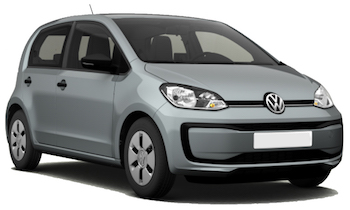
-
addCarRental From£ 15 /day -
Alamo From£ 17 /day -
Budget From£ 19 /day
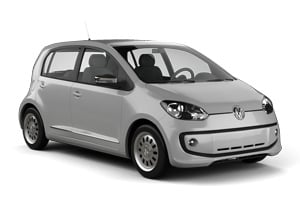
-
Keddy By Europcar From£ 17 /day -
Alamo From£ 20 /day -
Europcar From£ 21 /day

-
Alamo From£ 20 /day -
Hertz From£ 25 /day -
Avis From£ 28 /day
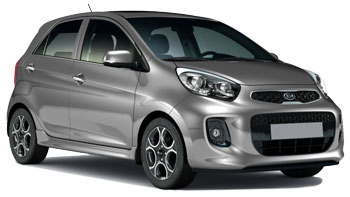
-
Autounion Car Rental From£ 17 /day
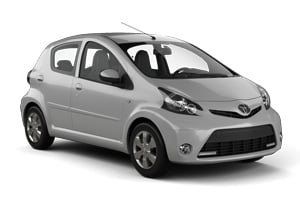
-
Sixt From£ 18 /day

-
Autounion Car Rental From£ 22 /day
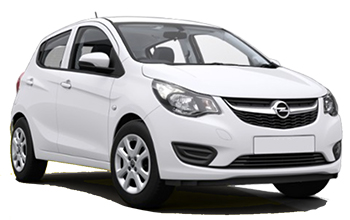
-
Alamo From£ 18 /day -
Enterprise From£ 23 /day
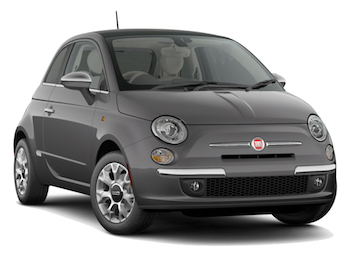
-
Keddy By Europcar From£ 18 /day -
Europcar From£ 20 /day

-
Sixt From£ 22 /day
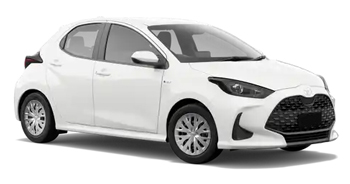
-
Green Motion From£ 15 /day -
Keddy By Europcar From£ 18 /day -
Sixt From£ 19 /day
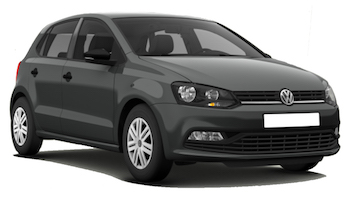
-
Green Motion From£ 15 /day -
addCarRental From£ 15 /day -
Keddy By Europcar From£ 17 /day

-
Green Motion From£ 20 /day -
Alamo From£ 21 /day -
Autounion Car Rental From£ 23 /day
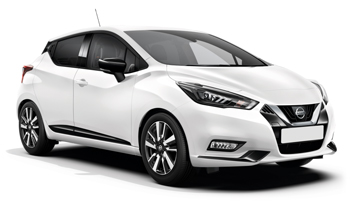
-
Keddy By Europcar From£ 17 /day -
Europcar From£ 20 /day
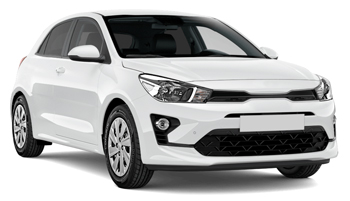
-
Autounion Car Rental From£ 17 /day

-
Green Motion From£ 21 /day -
Sixt From£ 23 /day -
FiRENT From£ 27 /day

-
Keddy By Europcar From£ 18 /day -
Finn-Rent From£ 29 /day -
Avis From£ 34 /day
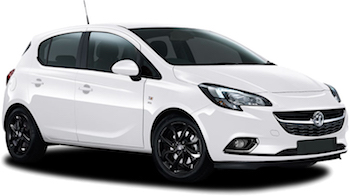
-
Alamo From£ 18 /day -
Thrifty From£ 21 /day -
Enterprise From£ 24 /day
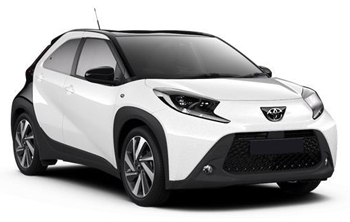
-
Sixt From£ 21 /day
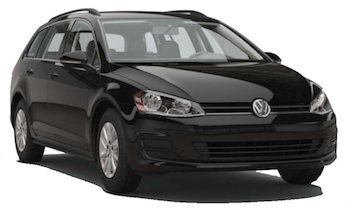
-
addCarRental From£ 16 /day -
Green Motion From£ 17 /day -
Autounion Car Rental From£ 18 /day
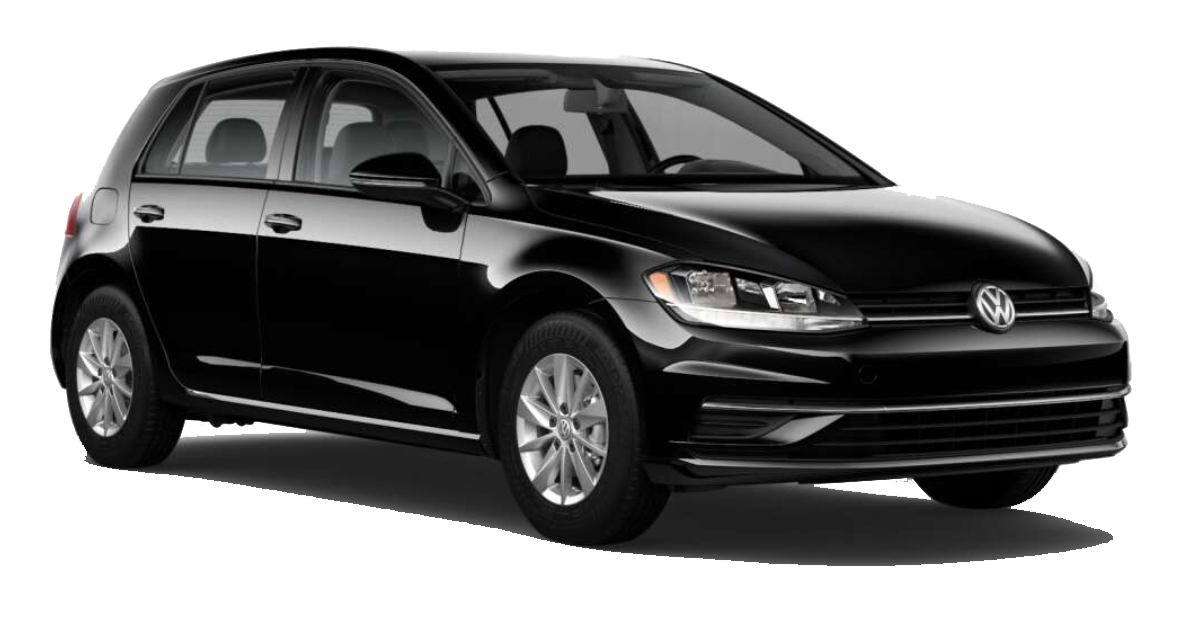
-
Green Motion From£ 18 /day -
Alamo From£ 18 /day -
Keddy By Europcar From£ 21 /day

-
Alamo From£ 21 /day -
Green Motion From£ 24 /day -
Avis From£ 30 /day
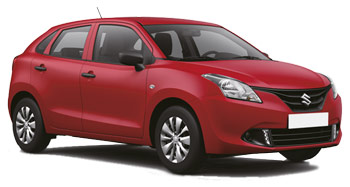
-
Autounion Car Rental From£ 19 /day
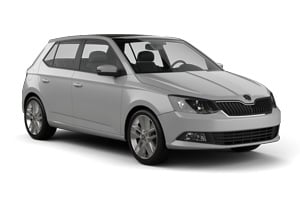
-
Sixt From£ 19 /day
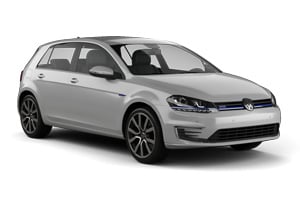
-
Green Motion From£ 21 /day -
Alamo From£ 22 /day -
Autounion Car Rental From£ 24 /day
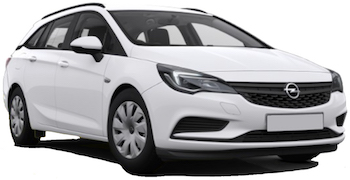
-
Alamo From£ 20 /day -
Sixt From£ 22 /day -
Enterprise From£ 27 /day

-
Sixt From£ 20 /day
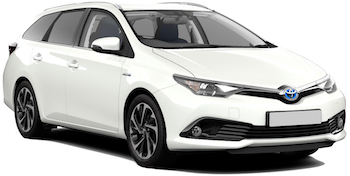
-
Green Motion From£ 23 /day -
Hertz From£ 35 /day
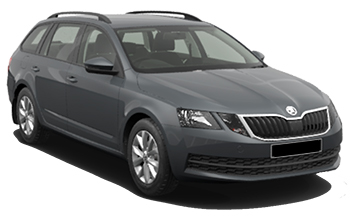
-
Alamo From£ 23 /day -
addCarRental From£ 24 /day -
Europcar From£ 31 /day
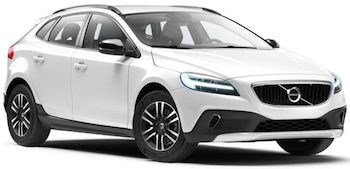
-
Alamo From£ 24 /day -
Enterprise From£ 33 /day -
Hertz From£ 34 /day

-
Alamo From£ 25 /day -
Budget From£ 35 /day -
Enterprise From£ 36 /day
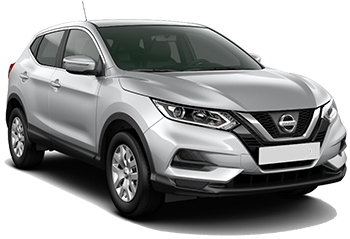
-
Green Motion From£ 24 /day -
Thrifty From£ 30 /day -
Alamo From£ 38 /day

-
Alamo From£ 25 /day -
Enterprise From£ 36 /day -
Hertz From£ 36 /day

-
Green Motion From£ 28 /day -
Thrifty From£ 36 /day -
Alamo From£ 44 /day
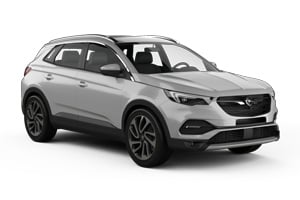
-
Europcar From£ 28 /day -
Alamo From£ 56 /day -
Enterprise From£ 58 /day
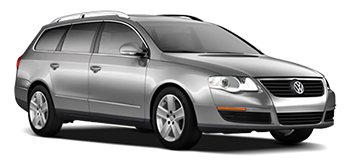
-
Keddy By Europcar From£ 29 /day
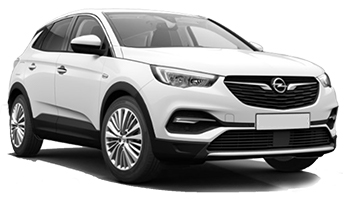
-
Europcar From£ 32 /day
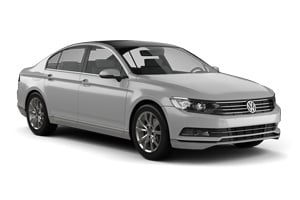
-
Keddy By Europcar From£ 29 /day -
Europcar From£ 29 /day -
FiRENT From£ 34 /day
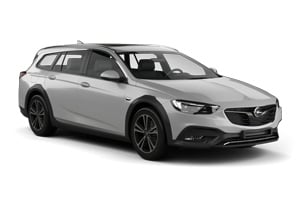
-
Alamo From£ 30 /day -
Enterprise From£ 39 /day

-
Alamo From£ 30 /day -
Enterprise From£ 42 /day

-
Europcar From£ 34 /day -
FiRENT From£ 35 /day -
Budget From£ 41 /day
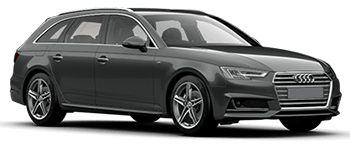
-
Keddy By Europcar From£ 35 /day -
Europcar From£ 36 /day
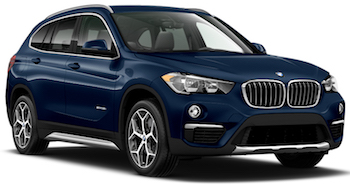
-
Europcar From£ 37 /day -
Sixt From£ 59 /day

-
Europcar From£ 40 /day -
Sixt From£ 63 /day
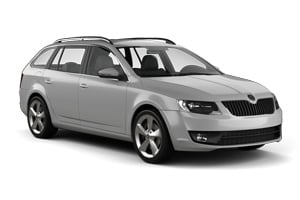
-
Hertz From£ 39 /day -
Thrifty From£ 40 /day

-
Thrifty From£ 40 /day -
Hertz From£ 41 /day
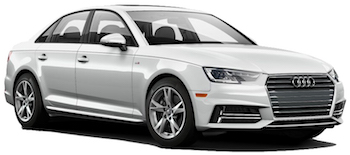
-
Europcar From£ 38 /day -
Budget From£ 42 /day
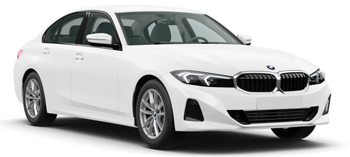
-
Budget From£ 38 /day -
Avis From£ 53 /day

-
Europcar From£ 41 /day -
Budget From£ 42 /day
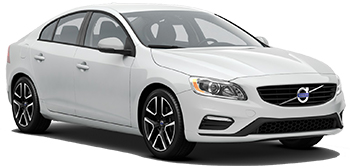
-
Hertz From£ 48 /day

-
Hertz From£ 49 /day
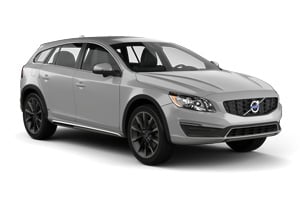
-
Hertz From£ 53 /day

-
Hertz From£ 53 /day

-
Sixt From£ 54 /day -
Green Motion From£ 93 /day

-
Avis From£ 54 /day
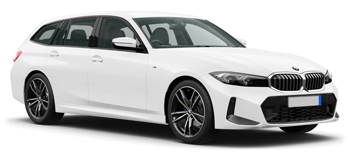
-
Keddy By Europcar From£ 35 /day -
Avis From£ 53 /day -
Alamo From£ 60 /day
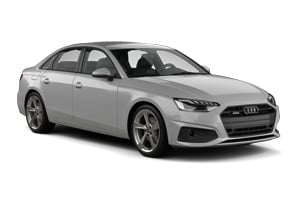
-
Budget From£ 39 /day -
Europcar From£ 39 /day

-
Europcar From£ 42 /day -
Budget From£ 44 /day
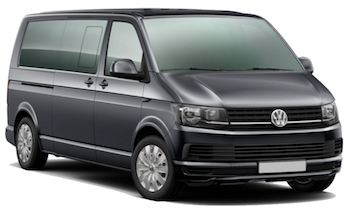
-
Green Motion From£ 42 /day -
Hertz From£ 101 /day

-
Green Motion From£ 49 /day -
Hertz From£ 107 /day

-
Avis From£ 53 /day -
Alamo From£ 64 /day

-
Sixt From£ 54 /day
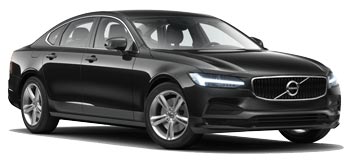
-
Hertz From£ 55 /day

-
Hertz From£ 58 /day

-
addCarRental From£ 18 /day -
Alamo From£ 20 /day -
Green Motion From£ 20 /day

-
Green Motion From£ 20 /day -
Keddy By Europcar From£ 24 /day -
Budget From£ 33 /day

-
Alamo From£ 22 /day -
Green Motion From£ 24 /day -
FiRENT From£ 28 /day

-
Alamo From£ 20 /day -
Enterprise From£ 27 /day -
Thrifty From£ 28 /day

-
Green Motion From£ 21 /day -
Keddy By Europcar From£ 22 /day -
Hertz From£ 31 /day

-
Green Motion From£ 23 /day -
Hertz From£ 35 /day
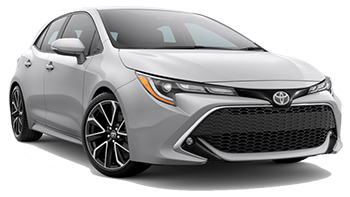
-
Green Motion From£ 21 /day -
FiRENT From£ 23 /day -
Autounion Car Rental From£ 27 /day

-
Green Motion From£ 25 /day -
Budget From£ 34 /day -
Avis From£ 42 /day
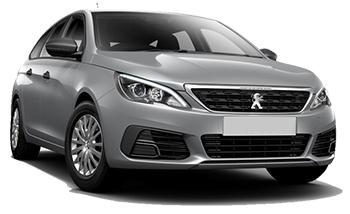
-
Autounion Car Rental From£ 22 /day

-
Green Motion From£ 42 /day -
Budget From£ 61 /day -
Avis From£ 78 /day
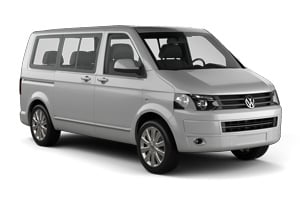
-
Green Motion From£ 43 /day -
Alamo From£ 58 /day -
Budget From£ 60 /day

-
Green Motion From£ 49 /day -
Alamo From£ 61 /day -
Budget From£ 65 /day

-
Green Motion From£ 49 /day -
Budget From£ 63 /day -
Avis From£ 79 /day
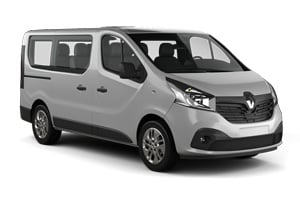
-
Thrifty From£ 58 /day
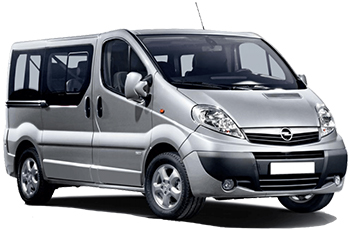
-
Alamo From£ 60 /day -
Sixt From£ 77 /day -
Europcar From£ 81 /day

-
Alamo From£ 61 /day -
Sixt From£ 67 /day -
Europcar From£ 82 /day
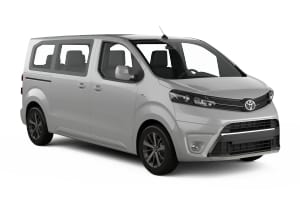
-
Keddy By Europcar From£ 65 /day -
Europcar From£ 76 /day
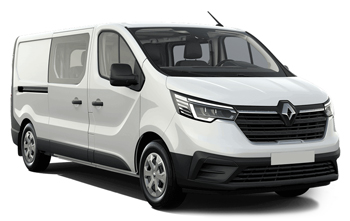
-
Thrifty From£ 65 /day
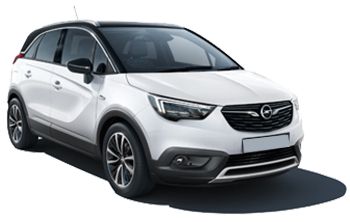
-
Alamo From£ 24 /day

-
Green Motion From£ 24 /day -
Alamo From£ 38 /day -
Enterprise From£ 41 /day

-
Alamo From£ 26 /day
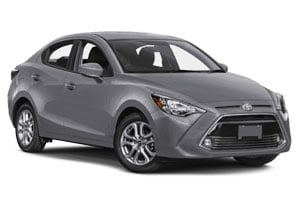
-
Alamo From£ 25 /day -
Enterprise From£ 30 /day

-
Alamo From£ 25 /day -
Enterprise From£ 30 /day

-
Alamo From£ 26 /day -
Enterprise From£ 36 /day

-
Green Motion From£ 28 /day -
Alamo From£ 44 /day -
Enterprise From£ 50 /day
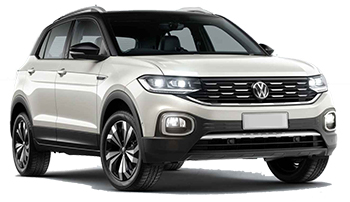
-
Europcar From£ 26 /day
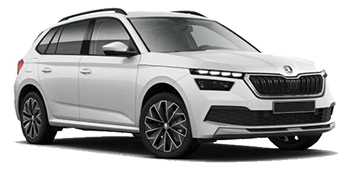
-
Sixt From£ 28 /day

-
Sixt From£ 31 /day

-
Sixt From£ 36 /day
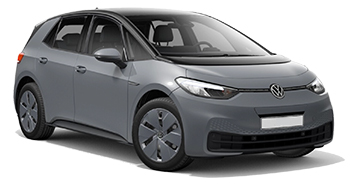
-
Hertz From£ 39 /day -
Sixt From£ 60 /day

-
Hertz From£ 42 /day -
Sixt From£ 65 /day
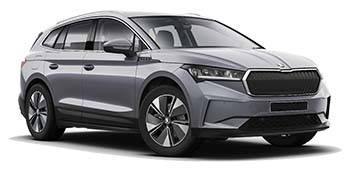
-
Budget From£ 42 /day -
Avis From£ 57 /day
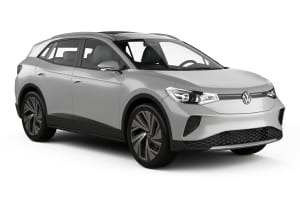
-
Hertz From£ 45 /day -
Sixt From£ 61 /day

-
Budget From£ 45 /day -
Avis From£ 59 /day

-
Hertz From£ 47 /day -
Sixt From£ 67 /day
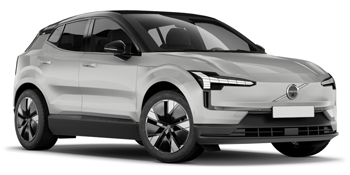
-
Hertz From£ 49 /day
Popular cities in Finland
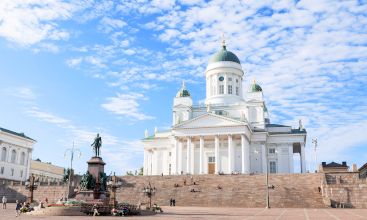
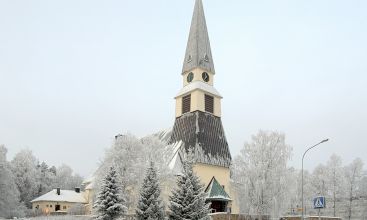
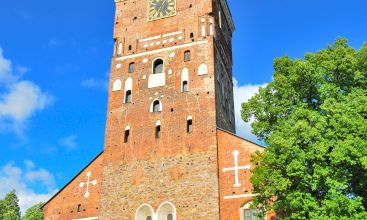
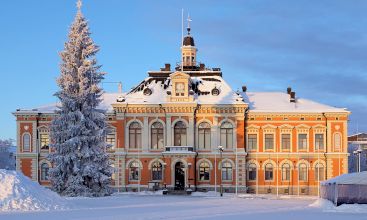
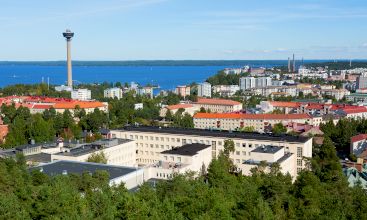

When to book a rental car in Finland
Finland - When is the most affordable time to rent a mini class car?
At this destination (Finland), May is the most affordable time to rent a mini class car with an average daily rate of
Finland - When is the most affordable time to rent a economy class car?
At this destination (Finland), May is the most affordable time to rent a economy class car with an average daily rate of
Finland - When is the most affordable time to rent a compact class car?
At this destination (Finland), May is the most affordable time to rent a compact class car with an average daily rate of
Finland - When is the most affordable time to rent an intermediate class car?
At this destination (Finland), May is the most affordable time to rent a intermediate class car with an average daily rate of
Finland - When is the most affordable time to rent a standard class car?
At this destination (Finland), April is the most affordable time to rent a standard class car with an average daily rate of
Finland - When is the most affordable time to rent a full-size car?
At this destination (Finland), May is the most affordable time to rent a full-size class car with an average daily rate of
Finland - When is the most affordable time to rent a luxury car?
At this destination (Finland), June is the most affordable time to rent a luxury class car with an average daily rate of
Finland - When is the most affordable time to rent a station wagon?
At this destination (Finland), May is the most affordable time to rent a station wagon with an average daily rate of
Finland - When is the most affordable time to rent a SUV?
At this destination (Finland), September is the most affordable time to rent an SUV with an average daily rate of
Finland - When is the most affordable time to rent a MPV?
At this destination (Finland), May is the most affordable time to rent an mpv with an average daily rate of
Finland - When is the most affordable time to rent a minivan?
At this destination (Finland), April is the most affordable time to rent a minibus with an average daily rate of
Finland - When is the most affordable time to rent a sports car?
At this destination (Finland), March is the most affordable time to rent a sports car with an average daily rate of
Finland - When is the most affordable time to rent a convertible?
At this destination (Finland), August is the most affordable time to rent a convertible with an average daily rate of
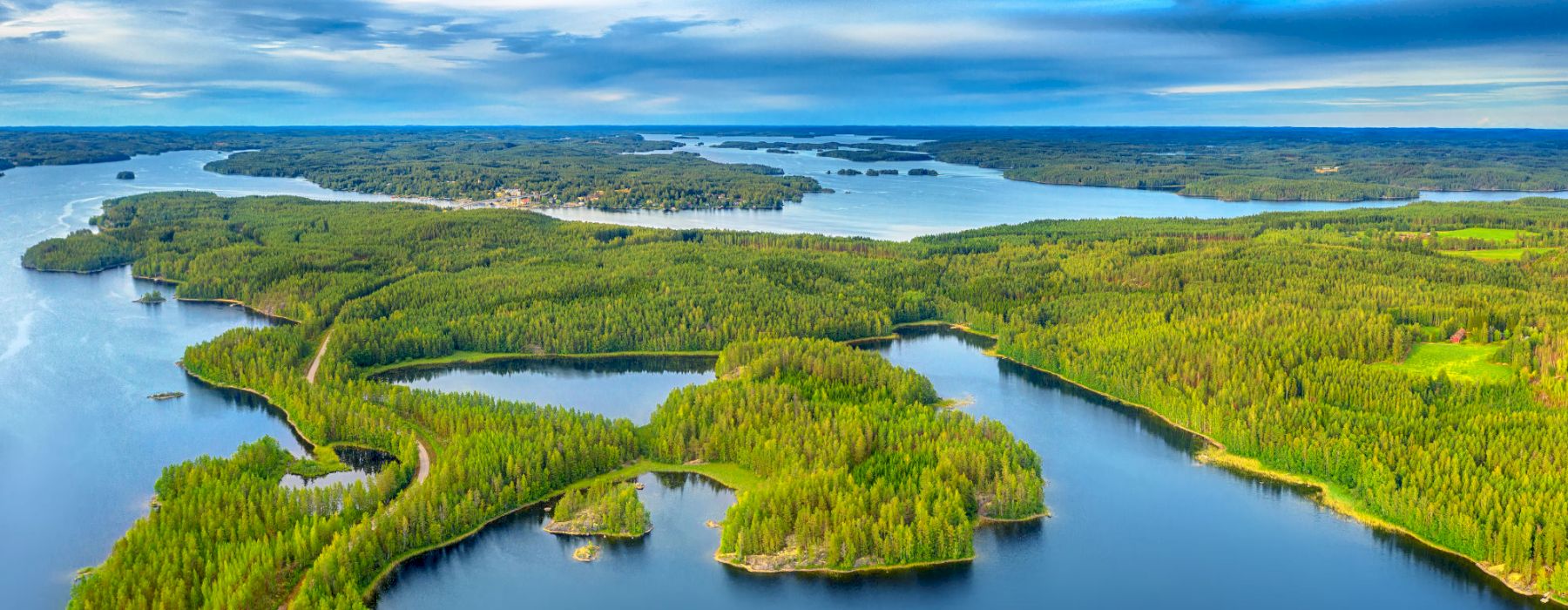
Finland Guide
Finland is best explored by rental car. Carrentals.co.uk has over 60 pick-up locations in Finland. This means there is always a pick-up location close to your destination.
Most popular car hire locations in Finland
Driving
For the driving enthusiast, it doesn’t get much better than Finland; the home of the sauna, Nokia phones and Santa Claus. It has vast, wide open spaces and is inherently beautiful. Furthermore, the roads are typically empty and even Helsinki is easy to negotiate. The Savonlinna lakes, the Åland Islands and Lapland are all great to drive around.
Driving Tips for Finland
Roads are typically in good condition, generally free of congestion (outside Helsinki) and cover the country well, even in Lapland. Drivers should keep a special eye out for roving animals, especially moose, and use dipped headlights during the day.
Driving licences: visitors from the UK can drive using their photo licences, but an International Driving Permit needs to accompany any paper licence.
Which side does Finland drive on: the right.
Speed limits:
Motorways: 74mph (120kph)
Rural areas: 50mph (80kph) or 62mph (100kph)
Built-up areas: 31mph (50kph)
Alcohol limits: maximum blood alcohol level is 0.05 per cent, which is less lenient than the UK’s 0.08 per cent. Penalties for violators include fines, withdrawal of driving licence and even imprisonment for serious breaches.
Driving age: 18 years.
Seatbelts: compulsory for all passengers. Children less than 4 feet, 5 inches (1.35m) need to be seated in an adapted seat in the rear, while infants under three years should be in a child seat.
Mobile phones and GPS: drivers are required by law to use hands-free kits for these devices while driving here.
Cost of fuel in Finland: both petrol and diesel are marginally cheaper here than in the UK.
Car hire and fuel payment: credit cards are accepted at petrol stations. Due to antifraud measures, it is wise to notify your credit card company if you intend to use your card overseas.
Insurance: hire cars usually come with fully comprehensive insurance, though this may not include excess insurance, which is recommended.
Traffic and parking: the country is sparsely populated and roads are typically uncongested although it does get busy in Helsinki during rush hour. Street parking is charged on most streets from Monday to Saturday. Plastic clocks or parking meters are employed and parking times are often signposted.
Transport
Trains
The Finnish railway network is limited owing to the remoteness and extensive lakeland landscape. Finnish Railways mostly operates in the south, including between Tampere, Turku, Lahti and Helsinki. Pendolino tilting and InterCity trains are the fastest and most expensive, while regional trains are slower but have no surcharges. All classes of train are typically quicker than going by bus, but Lapland is served by bus only.
Taxis
Finnish taxis are metered, expensive and typically taken from taxi ranks or pre-booked. They have a yellow ‘TAXI’ sign on top, but come in various colours. Taxis are well regulated so are safe, initial fee and per-kilometre rates of around £4.40 and £1.15 respectively are adhered to. Rates rise at night and on Sundays. It is possible to share taxis, while unofficial taxis should be avoided.
Buses
Buses are cheaper than trains, though significantly slower and less comfortable. Matkahuolto buses link all the main destinations in the country. Travel in Lapland is by bus only. Travel cards in cities are interchangeable on the bus and rail networks.
Ferries
Ferries serve Helsinki across the Baltic Sea from Rostock (northern Germany) and Tallinn (northern Estonia) with Silja Line, and ferries also arrive in Turku from Sweden via Viking Line. Services from Tallinn are particularly popular and cheap, with cabins for four available at around £40. Cruising Saimaa in summer is popular, as is the Turku-Naantali route.
Airports
The main international airport, located near Helsinki is Helsinki-Vantaa Airport, which offers both international and domestic flights. Tampere airport, Lappeenranta airport and Turku airports are also popular but do not see the same amount of traffic as Helsinki. There are several other smaller airports which mostly have flights only to Sweden or seasonal services to Lapland.
Explore
Exploring Finland
Helsinki is the capital and has many fine landmarks, including the Suomenlinna Fortress, a massive World Heritage site. In town are the Lutheran Cathedral, the Uspenski Cathedral and the vast Senate Square. It’s best to park and see Helsinki’s inner sights by metro or on foot.
Turku, a port town to the west, is known for the ancient Turku Castle and many fine museums, as well as for being the access point to a huge archipelago. It opens out to the Åland Islands, which have ancient towns and a slow pace of life. There’s great cycling here, while for beaches head farther north to Ostrobothnia.
Access to the stunning Lake Region (north of Helsinki) is possible by car and the area is incredible when explored in summer. See the Savonlinna lakes, Olavinlinna Castle and Kolovesi National Park.
There are even larger lakes in the northern Lapland region, which is the quintessential Finland to the outside world. The home of Santa Claus is simply sublime and you can drive right through it. Inari, noted for its Sami culture and brilliant open-air museum, is good as a base, while nearby Lemmenjoki National Park is inherently beautiful. It has amazing trekking and is a spot from which to view the Aurora Borealis (Northern Lights).
Weather
Finland is hot in summer and freezing in winter. It has a maritime and continental climate due to the bottom half of the nation being partially surrounded by water, which keeps temperatures up. Expect freezing temperatures in winter (always under 0°C/32°F) and long nights, especially in Lapland where it is dark all day long in winter. Summer (June to September) in Helsinki and the south often sees averages of around 17°C (63°F). Ski resorts are usually good from November to March.
Practical information
-
CurrencyEuro
-
Driving directionRight
-
City speed limit50 km/h
-
Freeway speed limit80 km/h
-
LanguageSwedish, Finnish
-
Popular car categoryEconomy
What most people want to know
The following questions and answers are a selection of the most popular questions. If you do not find the answer to your question, have a look at the Frequently Asked Questions page or contact us.
- Thrifty
- Sixt
- Budget
- Avis
- Europcar
- Finn-Rent
- Hertz
- FiRENT
- Enterprise
- Green Motion
- Autounion Car Rental
- Keddy By Europcar
- Alamo
- addCarRental
- National Car Rental
- Your Rent
- Global Rent a Car
- McRent
- Touring Cars
- Dollar Rent a Car
- Autorentti